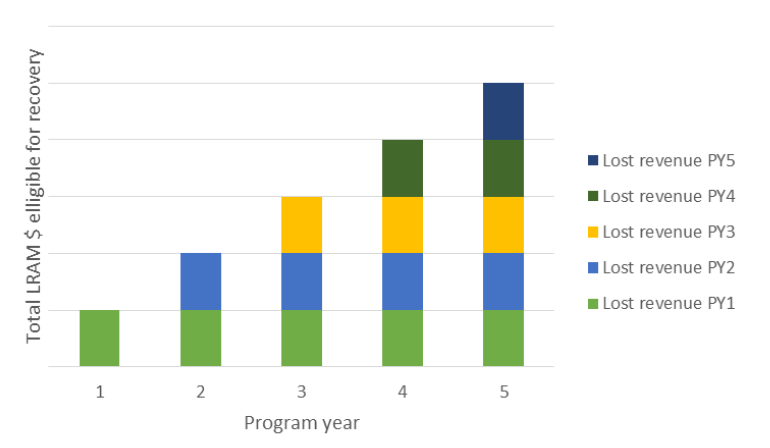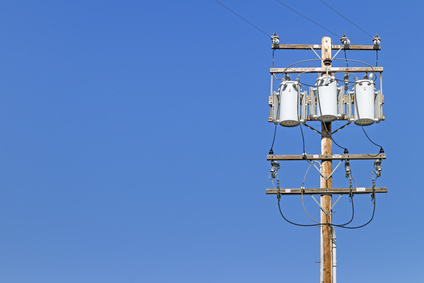
This is the fourth in a series of posts on grid-interactive efficient buildings (GEBs). Here is a summary of the series: August 23 – Why GEBs? What is it, and why do it? August 31 – GEBs are difficult to achieve, beyond efficiency that should be done regardless. September 7 – What will customers think of this madness? Let’s peek at where we’ve been and where we are going. This series is based on a list of challenges noted in DOE's National Roadmap for Grid-interactive Efficient Buildings: Consumer awareness (Covered 07SEP21) Complexity (Covered 31AUG21) Utility interests (Today) Regulatory models Policymaker…
Read More




